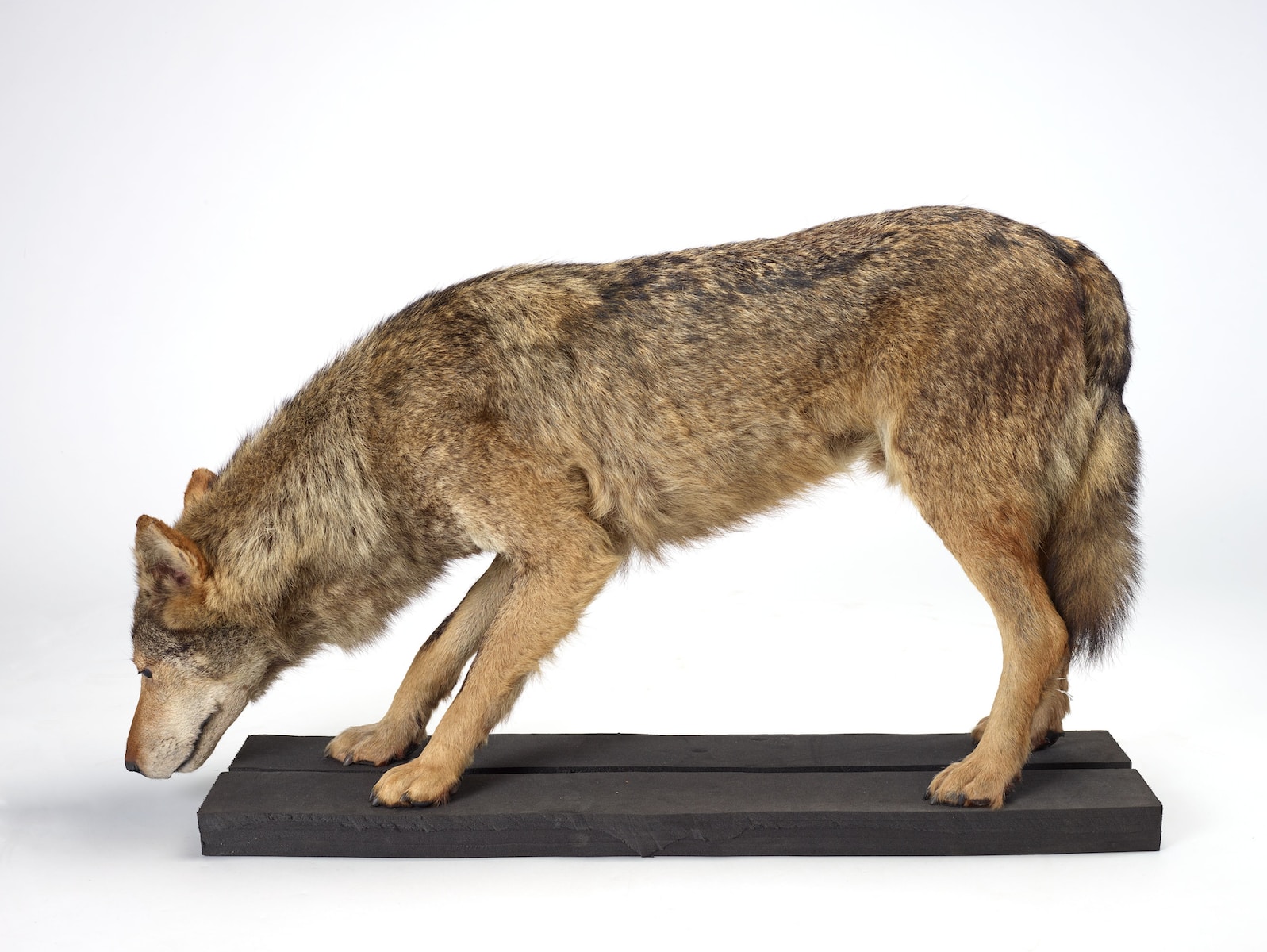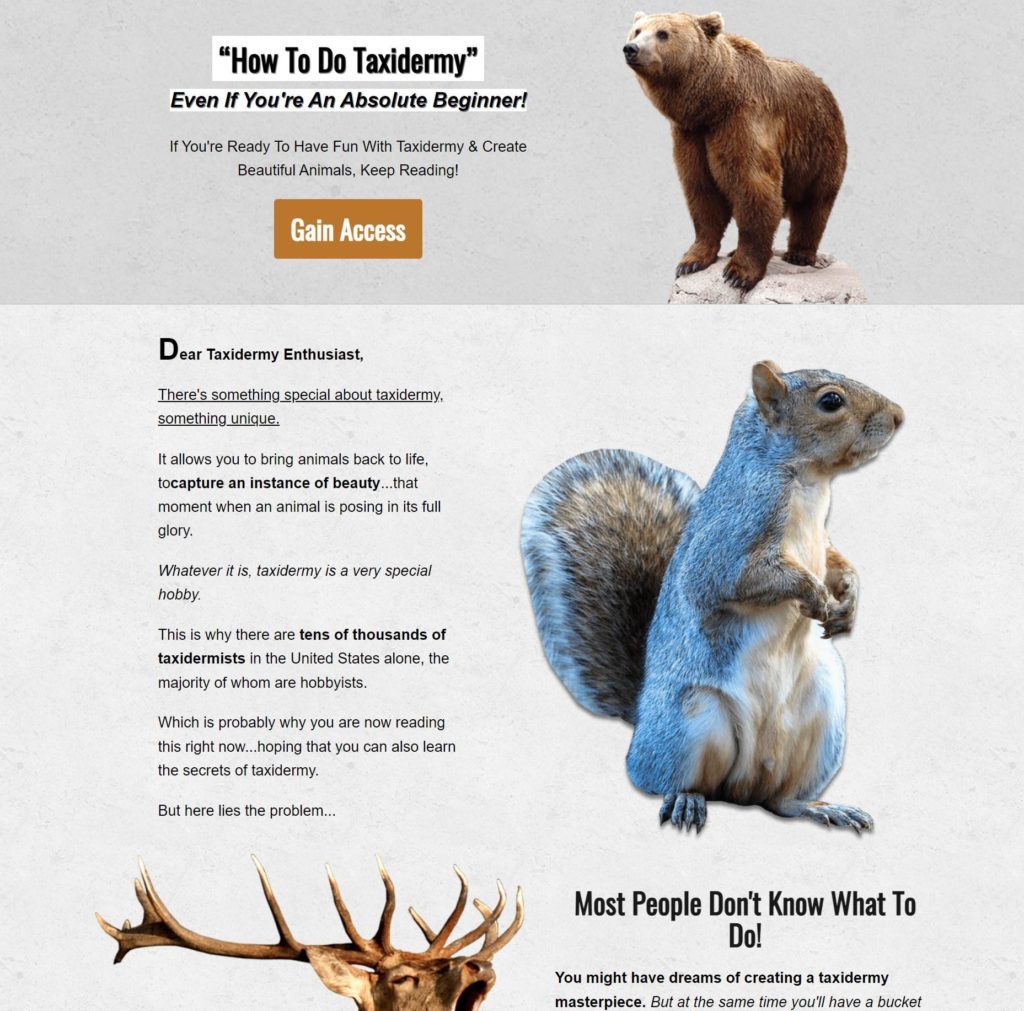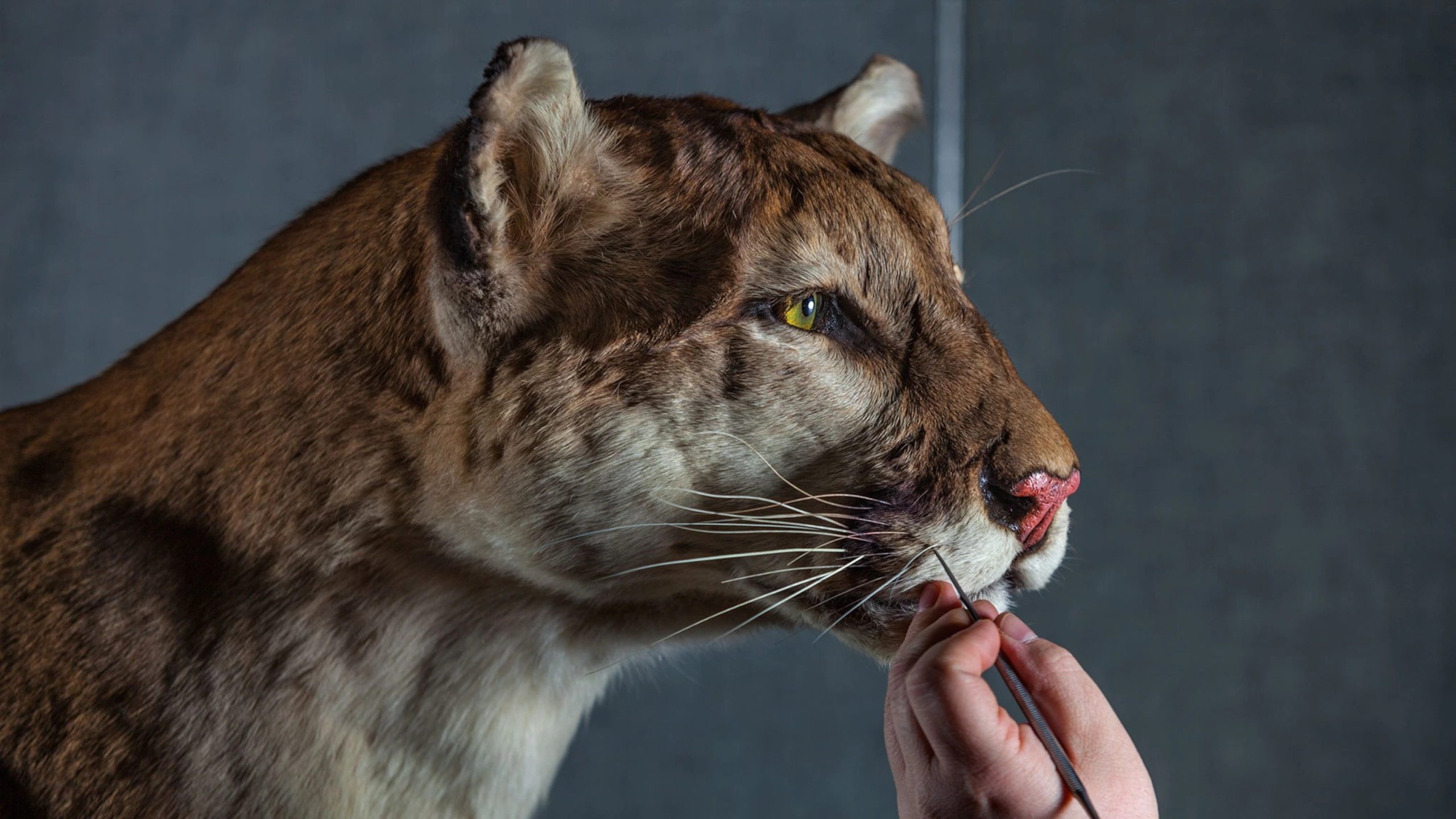Table of Contents
- Introduction
- What is Taxidermy?
- The History of Taxidermy
- Getting Started with Taxidermy
- The Taxidermy Process
- Tips and Techniques for Great Results
- The Art and Science of Taxidermy
- Taxidermy as a Hobby and Profession
- Ethical Considerations in Taxidermy
- Preserving Memories and Wildlife Conservation
- Taxidermy and the Environment
- How to Make Money with Taxidermy
- Conclusion
- FAQs
Introduction
Taxidermy is a captivating art form that allows you to preserve and mount animal specimens, creating lifelike displays that showcase the beauty of nature. Whether you are a nature enthusiast, aspiring artist, or someone who appreciates the art and science of taxidermy, this article will guide you through the process of doing taxidermy and explore how you can turn this hobby into a profitable venture.
What is Taxidermy?
Taxidermy is the art and science of preparing, stuffing, and mounting animal skins for display or study. The word “taxidermy” comes from the Greek words “taxis” (arrangement) and “derma” (skin). The process aims to recreate the animal’s natural appearance, capturing its lifelike pose and expression.
The History of Taxidermy
Taxidermy’s origins can be traced back to ancient civilizations like Egypt, where mummified animals were revered and preserved. However, taxidermy as an art form gained popularity in the 19th century during the Victorian era. Explorers and naturalists used taxidermy to document and study wildlife, contributing to the growth of natural history museums.
Getting Started with Taxidermy
Choosing a Specimen
Selecting the right specimen is crucial in taxidermy. Beginners should start with small animals like birds or rodents, as they are easier to handle. As your skills improve, you can move on to larger mammals.
Legal Considerations
Before embarking on taxidermy, it’s essential to understand and comply with local laws and regulations regarding the collection and possession of wildlife specimens. Some species may be protected, and obtaining the necessary permits is vital.
Necessary Tools and Materials
To get started with taxidermy, you will need specific tools and materials to achieve professional results. Here are some essential tools and their purposes:
- Scalpel: A sharp scalpel is essential for precise cuts during the skinning process. It helps to maintain (#CommissionsEarned)
- the integrity of the hide and ensure a clean mount. (#CommissionsEarned)
- Fleshing Tool: Look for fleshing tools specifically designed for taxidermy purposes. They help remove excess flesh and fat from the skin, allowing for a smooth and even surface. (#CommissionsEarned)
- Mounting Stand: Check taxidermy equipment suppliers for sturdy mounting stands that provide stability during the mounting process. (#CommissionsEarned)
- Glass Eyes: Realistic glass eyes are used to replace the original eyes of the specimen. They bring life to the mount and contribute to its natural appearance. (#CommissionsEarned)
- Wire and Armature: Wire and armature provide support and structure to the mount. They help recreate the animal’s natural posture and ensure stability. (#CommissionsEarned)
- Preservatives and Tanning Solutions: Taxidermy supply stores offer a range of preservatives and tanning solutions suitable for different animal skins. (#CommissionsEarned)
- Adhesives: Look for taxidermy-grade adhesives designed for securing components to the mount. (#CommissionsEarned)
Our Picks for kits to have what you need
Advanced Dissection Kit – 37 pieces total. High Grade Stainless Steel Instruments perfect for Anatomy, Biology, Botany, Veterinary and Medical Students – By Poly Medical. (#CommissionsEarned)


The Taxidermy Process
Skinning the Specimen
The taxidermy process begins with carefully skinning the specimen. This requires precision to avoid damaging the hide. The skin is then cleaned and treated to prevent decay.
Preserving the Hide
Preservation is a critical step in taxidermy. Chemicals are used to treat the hide, preventing decomposition and pest infestation. This process ensures the specimen’s longevity.
Mounting the Specimen
Mounting is the art of shaping and fitting the preserved skin over a mannequin or form to recreate the animal’s shape and pose. This step requires artistic skill and attention to detail.
Positioning and Final Touches
Positioning the eyes, ears, and other features is essential to achieve a realistic appearance. Small details like whiskers or feathers are added to enhance the overall effect.
Tips and Techniques for Great Results
Proper Care and Maintenance
To ensure your taxidermy creations last a lifetime, regular cleaning and maintenance are necessary. Keep them away from direct sunlight and humidity.
Avoiding Common Mistakes
Beginners often make mistakes, like improper skinning or overstretching the hide. Learning from these errors is crucial to improving your taxidermy skills.
Enhancing Realism
Adding natural elements like rocks, branches, or habitat backgrounds can enhance the realism of your taxidermy displays.
The Art and Science of Taxidermy
Taxidermy is a unique blend of art and science. While the artistic aspect involves recreating the animal’s appearance, the science focuses on proper preservation and anatomical accuracy.
Taxidermy as a Hobby and Profession
Many enthusiasts pursue taxidermy as a rewarding hobby. For some, it becomes a full-fledged profession, creating displays for museums, galleries, and private collectors.
Ethical Considerations in Taxidermy
Ethics play a significant role in taxidermy. As an art form that involves using deceased animals, practitioners must approach their work with respect for the wildlife and its conservation.
Preserving Memories and Wildlife Conservation
Taxidermy can be a meaningful way to preserve memories of beloved pets or commemorate a significant hunting achievement. Additionally, taxidermy plays a role in education and wildlife conservation by allowing people to appreciate and understand various species up close.
Taxidermy and the Environment
While taxidermy provides a unique way to connect with nature, it is essential to consider its impact on the environment. Sustainable practices and responsible sourcing of materials are vital to minimize ecological footprints.
How to Make Money with Taxidermy
Sell Taxidermy Creations
One of the most straightforward ways to make money with taxidermy is to sell your creations. Depending on your expertise and the quality of your work, you can find buyers among collectors, hunters, nature enthusiasts, and interior decorators.
Offer Custom Taxidermy Services
Beyond selling pre-made taxidermy mounts, you can offer custom taxidermy services tailored to your clients’ needs. Many individuals seek personalized taxidermy pieces to immortalize their beloved pets or commemorate hunting achievements.
Collaborate with Wildlife Photographers
Wildlife photographers often capture stunning images of animals in their natural habitats. By collaborating with these photographers, you can transform their captivating photographs into lifelike taxidermy displays.
Educational Workshops and Classes
Leverage your expertise by offering taxidermy workshops and classes. Many people are curious about the taxidermy process and would love to learn the art form themselves.
Provide Restoration Services
Antique taxidermy pieces are valuable, but they often require restoration to maintain their charm and integrity. If you have the skills and knowledge to restore vintage taxidermy displays, consider offering restoration services.
Collaborate with Conservation Organizations
Taxidermy can also be a valuable tool in educational settings and conservation efforts. Partnering with museums, nature centers, or wildlife conservation organizations, you can contribute to educational displays and exhibits.
Establish an Online Presence
In today’s digital age, having an online presence is crucial for any business, including taxidermy. Create a website or social media accounts to showcase your work, share your taxidermy process, and connect with potential clients.
Create DIY Taxidermy Kits
For those who appreciate the art of taxidermy but may not have the time or skills to create their own pieces, DIY taxidermy kits can be a great option.
Conclusion
Taxidermy is a captivating art form that continues to thrive in modern times. From its historical significance to the practical aspects of the craft, taxidermy offers a unique way to appreciate and learn about the natural world. Whether you’re a hobbyist or aspiring professional, exploring the art of taxidermy can be a rewarding and educational journey. Additionally, turning your passion for taxidermy into a profitable venture requires creativity, dedication, and a keen eye for detail. By exploring different avenues, from selling your creations to collaborating with wildlife photographers and conservation organizations, you can turn your taxidermy skills into a rewarding and lucrative business. Embrace the art form, build your brand, and share your love for taxidermy with the world while generating income doing what you love.

FAQs
-
Can I start taxidermy as a complete beginner?
Yes, taxidermy can be learned by beginners. There are many resources, tutorials, and workshops available to help you get started.
-
Is taxidermy legal?
Yes, taxidermy is legal in most places, but you should check local laws and regulations regarding the collection and possession of wildlife specimens.
-
What animals can I work on as a beginner?
As a beginner, you should start with small animals like birds or rodents. They are easier to handle and require less complex techniques.
-
How long does the taxidermy process take?
The time required for taxidermy varies depending on the complexity of the specimen and your skill level. It can take several hours to several weeks for more intricate projects.
-
Can taxidermy be a profitable business?
Yes, taxidermy can be a profitable business if you create high-quality work and explore different avenues like selling your creations, offering custom services, and collaborating with others in related industries.



